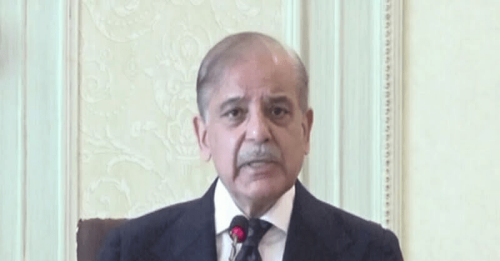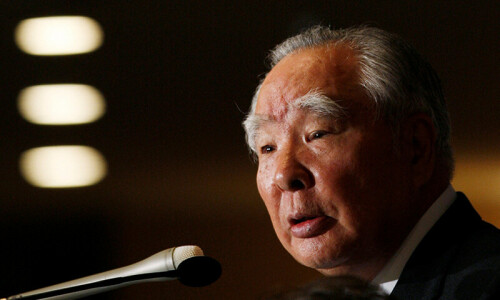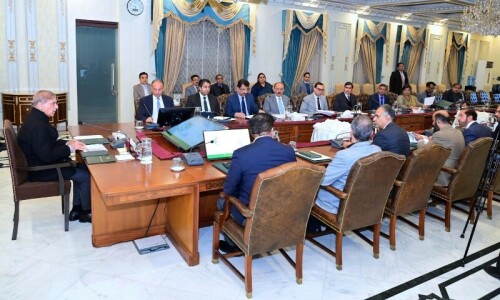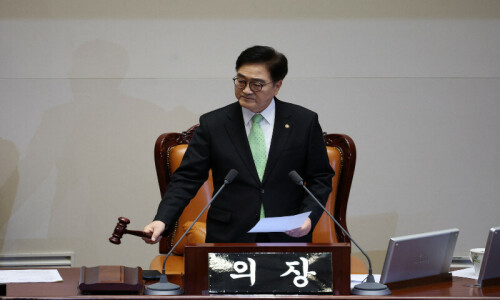
Observers of Indian politics identify two major takeaways from the Bharatiya Janata Party’s resounding win in Uttar Pradesh. Firstly, the scale of the victory confirms PM Modi and the BJP’s status as favourites for re-election in 2019. Secondly, the political decline of the Congress under the ineffective Rahul Gandhi is now a stark reality. If this decline continues unabated, it is expected that the BJP will be left as the only party that can legitimately claim national status.
The BJP remains a unique party in the South Asian context in a number of ways. As per Tariq Thachil’s characterisation, it is a national party that remains “organisationally thick”. This means it draws on the support and activities of a large network of affiliated right-wing social service and religious organisations, such as the Rashtriya Swayamsevak Sangh, instead of relying solely on local elites and patronage politics. Therefore, many of its leaders, like new UP chief minister Yogi Adityanath, rise through the ranks of such supporting organisations and eventually take up positions as MLAs or MPs.
The thick nature of the party structure not only allows it to capture voters, it also helps resolve another central dilemma — that of leadership succession. Thus, a second unique characteristic is that the BJP is among only a handful of South Asian parties (and possibly the only national one) that does not use dynastic succession to resolve the question of new leadership. This is not to suggest that the BJP does not have dynastic politicians: Kanchan Chandra shows that around 15 per cent of the party’s current MPs have followed a blood relative into politics. Nevertheless, its 10 heads (party presidents) and two prime ministers to date have historically been chosen from within a larger pool of national and state level politicians, rather than through hereditary succession.
PTI’s capacity to plan ahead for a succession is not just important for its supporters, it is fundamental for the health of Pakistan’s democracy.
By resolving the question of who takes over the party in a systematic (and somewhat meritocratic) manner, the BJP has ultimately reaped considerable dividends. The moment it encountered a Congress burdened by both anti-incumbent sentiment and an incapable leader, it was able to elbow it out of power with relative ease. For the Congress, for Indira, Rajiv, and even Sonia to some extent, the logic of dynastic succession worked well in the past but it is proving to be wholly insufficient this time around.
The reason for discussing leadership transitions in India is to set up the context for forthcoming tussles in Pakistan’s juvenile democracy. The 2018 election is just over a year away, and carries considerable importance in further normalising procedural democracy as the ‘only game (or political system) in town’. Central to this game is the stability and continuity of national political parties.
Going by opinion polls and the 2015 local government elections, the PML-N is still in the electoral lead as far as Punjab is concerned. It has also started planning for its first leadership transition by informally placing the prime minister’s daughter as the successor at the centre, and the chief minister’s son in Punjab. The party’s electoral fortunes in the long run now rest on the ability of these two to paper over internal family feuds and sustain the moral support of party elders.
This brings us back to the earlier point: the BJP played the long game through systematic successions and was able to capitalise on the Congress’s eventual, leadership-induced decline. In Pakistan’s case, is the PTI — the only other party with currently national (and, more importantly, Punjab-wide) credentials — similarly well-positioned in case of a potential slip-up?
Imran Khan will be 65 going into the 2018 fight. He remains in good physical shape, but his party is not. There are a number of tussles simmering underneath the surface. Several leaders who walked into the party at different times do not get along with each other at all. Some have made their grievances public while others are rumoured to be looking at other options. No clear lieutenant has emerged with even remotely similar moral authority with voters and other leaders. The party that once started out with an ‘organisationally thick’ schema, to cultivate and train mid-tier leaders, has swiftly given in to the expedient logic of electables and top-heavy organisation.
Ultimately, this has implications for the party’s ability to capitalise on any decline of the incumbent. Imagine a situation where the PML-N’s leadership transition is muddied by infighting or the incapability of the anointed successors to garner support from both the electorate and the party’s own senior leaders. Historically in South Asia, this has usually resulted in factional tussles and the eventual splintering of parties. It happened with the Congress under Indira, and to a lesser extent with the PPP after Benazir took control, and with the Muslim League after Nawaz was appointed. Something similar happening again with a re-elected PML-N cannot be ruled out in the period between 2018 and 2023.
For the PTI, this means another term of opposition politics and sustained mobilisation, but with a leader approaching 70. No politician, regardless of their background as an athlete, can singularly keep a party afloat and fighting till that age. It is also stupid to expect him to do so.
The party’s capacity to organise and plan ahead for a succession is, therefore, not just important for its supporters, it is fundamental for the health of Pakistan’s democracy. Democracy cannot function without strong and persistent party competition. While many of us find dynastic succession morally repugnant, it provides a blueprint for stability for one set of parties in the country. If PTI’s rationale for existence is to win over the electoral field from these traditional parties, it will have to find its own blueprint of succession — be it dynastic or meritocratic — to capitalise on any fractures and slip-ups. So far, it appears ill-equipped to do so.
The writer is a freelance columnist.
Twitter: @umairjav
Published in Dawn, March 27th, 2017














































